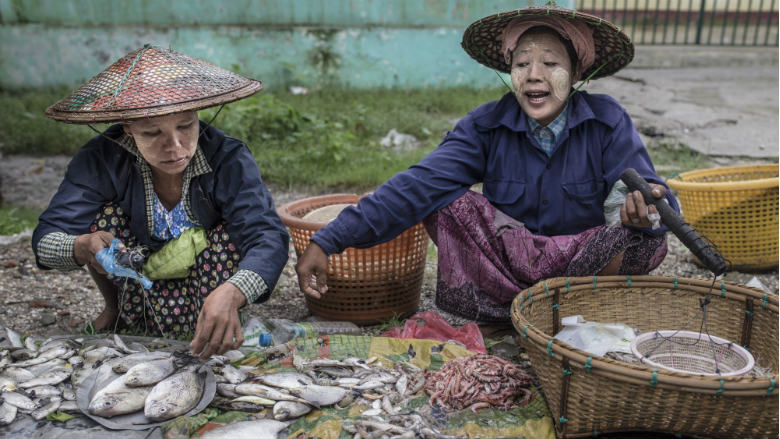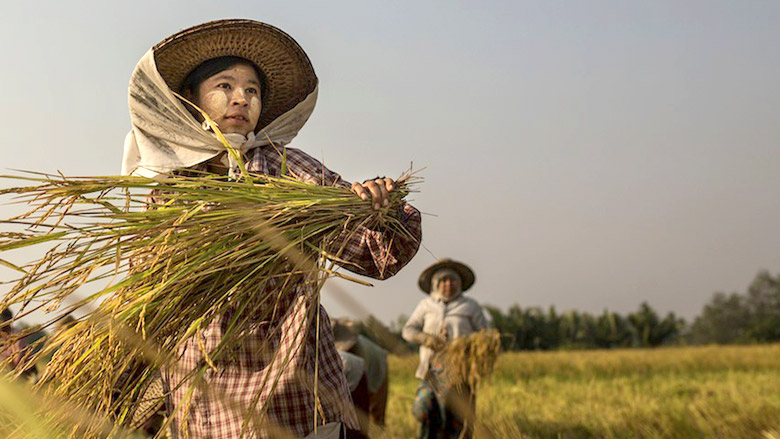This most recent report from the Qualitative Social and Economic Monitoring of Livelihoods Series documents findings from the fifth round of research conducted between December 2014 and February 2015, and analyzes changes over the initial three-year phase of the study from 2012 to 2015.
The QSEM research program is a panel study of rural life in Myanmar. It examines people’s livelihood strategies and outcomes, the factors that shape those strategies—including issues such as land, debt and credit, climate change and disaster—and how broader social and institutional changes affect people’s lives. The research is a partnership between the World Bank, Enlightened Myanmar Research (EMR), and the Livelihoods and Food Security Trust Fund (LIFT).
Key Findings
- The study paints a mixed picture for agricultural livelihood development. Some areas such as Ayeyarwady Region, Chin State and Shan State have experienced improvement, while others such as the Dry Zone and Rakhine State remain vulnerable to frequent market and weather shocks. Wages have increased but peak season labor scarcity remains a challenge.
- Villages across the country have benefited from greater access to low-interest loans with the expansion of government and donor-funded loans, microfinance and revolving fund programs.
- Migration has increased consistently across research areas, and the predominant motivation for migration has shifted from a coping mechanism to an economic opportunity to build capital or diversify household income.
- Village governance has continued to change following the introduction of a Ward and Village Tract Administration Law. Village tract administrators have experienced increased levels of authority, while the influence of village administrators has declined.
- People have higher expectations of government, including in delivering government services, and are more willing to express discontent when their expectations are not met.
- Despite the increase in government assistance to QSEM villages, rural communities have limited influence over the kind of assistance they receive and how it is targeted.

